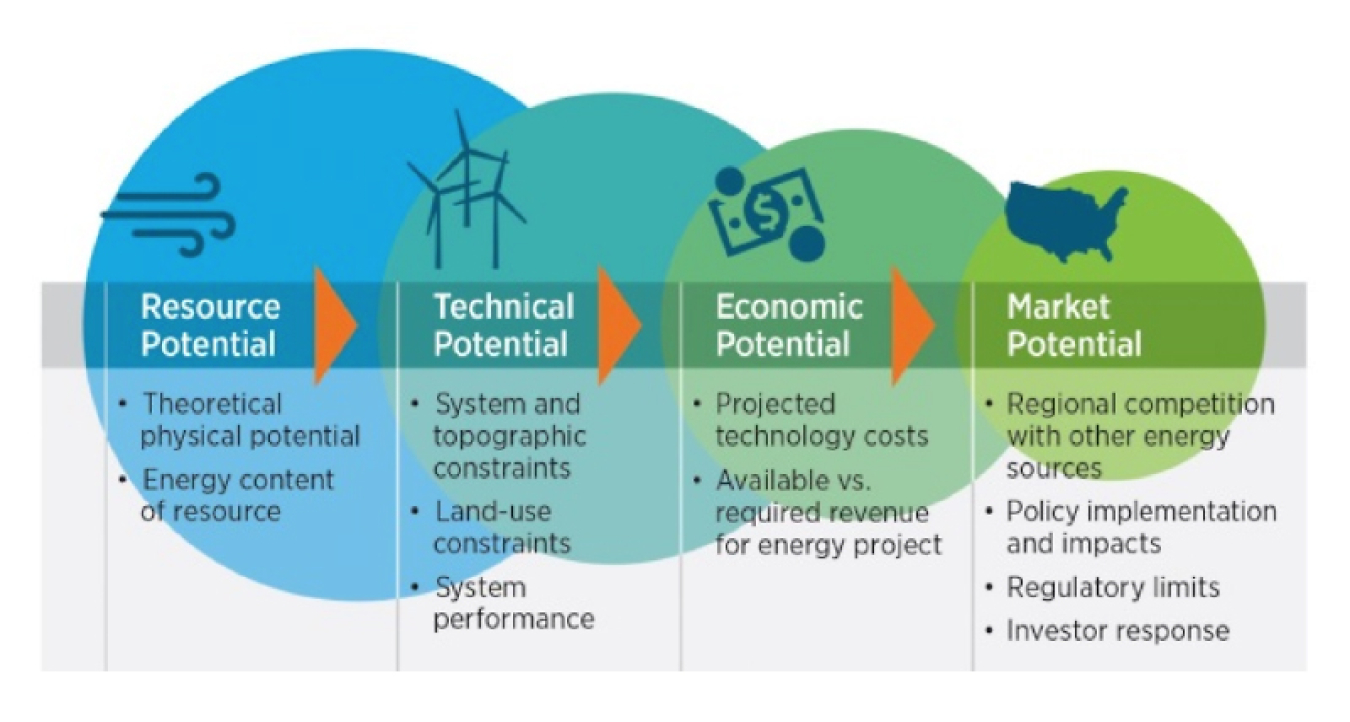The promise and appeal of renewable energy has long been clear: clean, inexhaustible, domestically sourced electricity could lead to enormous environmental, economic and resiliency benefits. For many years, the narrative included the caveat “…but i...
Office of Critical Minerals and Energy Innovation
November 19, 2015
The economic potential for renewable power technologies, particularly wind and solar, has more than tripled as a result of cost reductions since 2010, according to a new NREL report.

The promise and appeal of renewable energy has long been clear: clean, inexhaustible, domestically sourced electricity could lead to enormous environmental, economic and resiliency benefits. For many years, the narrative included the caveat “…but it’s too expensive.” That story is changing fast, however, thanks to falling renewable energy technology costs, which should help renewable energy continue to grow across the United States.
In fact, analysts at the Energy Department’s National Renewable Energy Laboratory (NREL) have applied a new method that shows renewable generation is economically viable in many parts of the country, because of the recent rapid decline in the costs of technology.
A recent report released by NREL, Estimating Renewable Energy Economic Potential in the United States: Methodology and Initial Results, describes the new geospatial analysis method used to estimate the economic potential of several renewable resources. Economic potential is a metric that quantifies the amount of economically viable renewable generation that is available at a specific location. Analysis to date includes photovoltaics (PV), wind, geothermal, biomass and hydropower resources.
Assessing the potential at feasible sites, the report found that when the social cost of carbon is taken into account, renewable generation is economically viable in many parts of the country. At 2014 costs, renewable energy technologies combine for 820 terawatt-hours (TWh) of estimated economic potential beyond the generation from renewable energy facilities already in operation. This additional potential is equivalent to nearly 20 percent of total U.S. annual electricity generation from all sources in 2014 – compared to 2010 costs when only 250 TWh were identified. In just four years, thanks to falling renewable energy technology costs, economic potential has more than tripled.
The trend is likely to continue as we deploy more renewable energy and continue driving down costs. With projected renewable energy costs in 2020 and 2030, economic potential increases considerably. At 2020 costs, economic potential equals almost half of U.S. annual electricity demand, and 2030 costs bring that number to over 75% with the potential for cost-effective renewable energy to be generated in every state in the country.
As this study shows, with continued cost improvements, renewable energy’s potential in the United States may not quite be unlimited, but it certainly is enormous.

